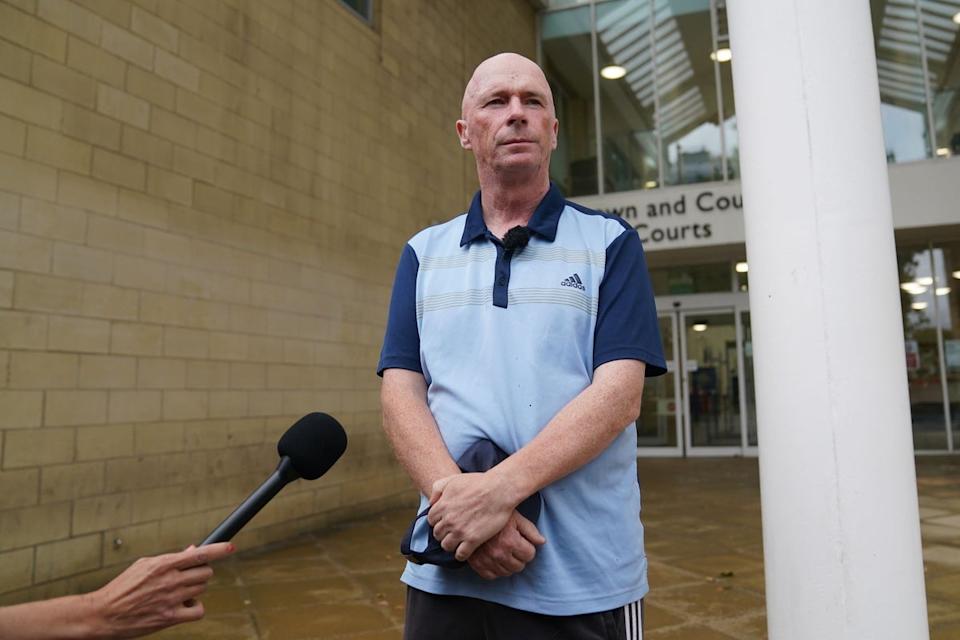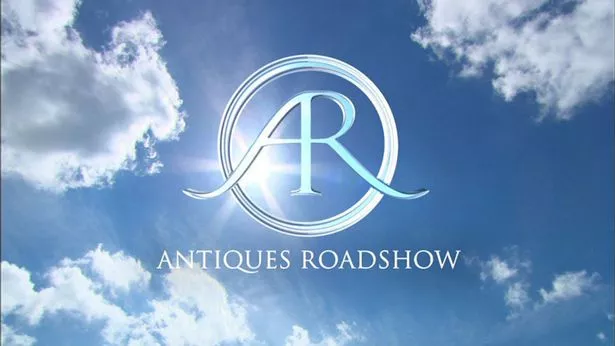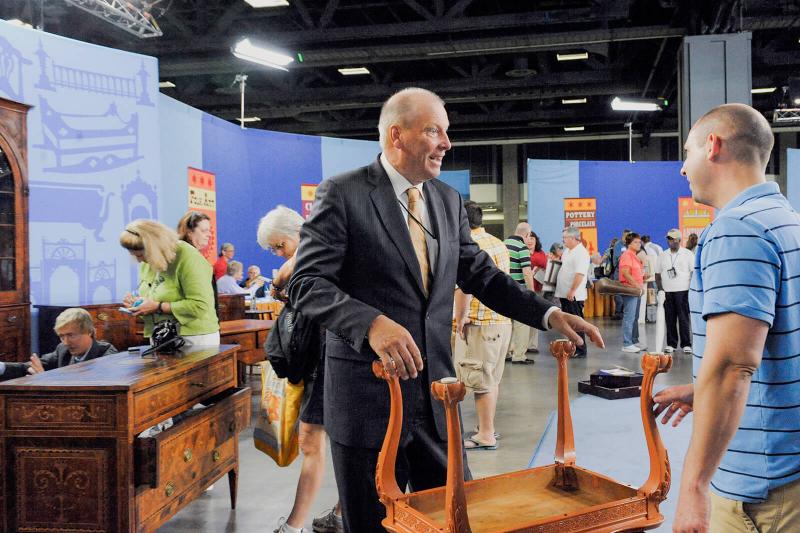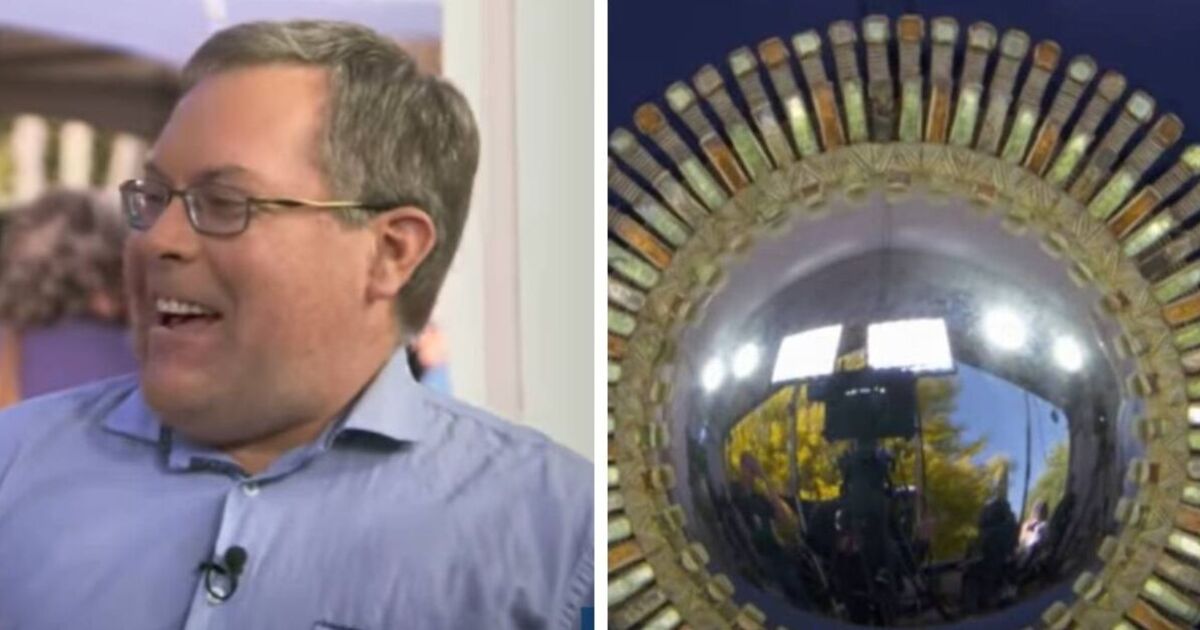Confronting The Love Monster: Healing From Past Relationship Trauma

Table of Contents
Identifying and Acknowledging Relationship Trauma
Recognizing the signs of relationship trauma is the crucial first step towards healing. Many people don't realize the depth of their emotional wounds, attributing their struggles to personality flaws rather than the impact of past experiences. Understanding the signs is key to initiating the healing process.
Recognizing the Signs
Relationship trauma manifests in various ways. Some common signs include:
- Difficulty trusting partners: A constant suspicion or fear of betrayal, even in seemingly healthy relationships.
- Fear of intimacy: Avoiding closeness or emotional vulnerability due to past hurts.
- Recurring negative patterns in relationships: Repeating harmful relationship dynamics from the past.
- Low self-esteem stemming from past relationships: Feeling unworthy of love or acceptance based on past experiences.
- Emotional numbness or avoidance: A detachment from emotions as a coping mechanism for past pain.
Self-reflection is critical in this phase. Consider journaling about past relationships, identifying specific events or behaviors that caused you pain. This process might be challenging, but it's essential for understanding the roots of your trauma. If you find self-reflection difficult, consider seeking guidance from a therapist specializing in trauma recovery. They can provide a safe space to explore your experiences and develop effective coping mechanisms.
Processing Emotions and Healing from the Past
Once you've identified your relationship trauma, the next step is to process the associated emotions. Many individuals try to suppress or ignore their feelings, believing that avoidance will make the pain disappear. However, suppressing emotions often exacerbates the problem and prevents genuine healing.
Allowing Yourself to Feel
Allowing yourself to feel is crucial for healing. This doesn't mean wallowing in negativity, but rather acknowledging and validating your emotions – anger, sadness, guilt, fear – without judgment.
- Practicing self-compassion: Treat yourself with kindness and understanding. Recognize that you're not alone and that your feelings are valid.
- Journaling to process feelings: Writing down your thoughts and feelings can provide a release and offer clarity.
- Seeking support from friends, family, or a therapist: Talking about your experiences with trusted individuals can be incredibly therapeutic.
- Engaging in healthy coping mechanisms: Exercise, meditation, mindfulness practices can help regulate emotions and reduce stress.
Learning emotional regulation techniques is vital. This involves understanding your emotional responses and developing strategies to manage them in healthy ways. Deep breathing exercises, mindfulness meditation, and progressive muscle relaxation are some effective techniques.
Rebuilding Trust and Creating Healthy Relationships
Healing from relationship trauma isn't just about processing the past; it's about creating a healthier future. This involves rebuilding trust in yourself and others and learning to establish healthy relationships.
Setting Boundaries
Setting and maintaining boundaries is paramount. Boundaries protect your emotional and physical well-being, ensuring you're not subjected to the same harmful patterns from past relationships.
- Communicating needs and expectations clearly: Openly expressing your needs and limits to your partner.
- Learning to say "no": Asserting your boundaries without guilt or fear of rejection.
- Identifying and avoiding toxic relationships: Recognizing and distancing yourself from relationships that are harmful or draining.
- Prioritizing self-care and well-being: Nurturing your physical and emotional health as a foundation for healthy relationships.
Building trust takes time and effort. It involves fostering open communication, practicing empathy, and choosing partners who respect your boundaries. Remember, healthy relationships are built on mutual respect, understanding, and support.
Seeking Professional Help: Therapy for Relationship Trauma
While self-help strategies are valuable, professional help can significantly accelerate the healing process. Therapy provides a safe and supportive environment to explore your trauma and develop effective coping mechanisms.
Types of Therapy
Several therapeutic approaches can effectively address relationship trauma:
- EMDR (Eye Movement Desensitization and Reprocessing): A highly effective treatment for trauma, focusing on processing traumatic memories.
- CBT (Cognitive Behavioral Therapy): Helps identify and change negative thought patterns and behaviors contributing to relationship difficulties.
- Psychodynamic therapy: Explores unconscious patterns and past experiences that may influence current relationships.
Finding a qualified therapist specializing in relationship trauma is crucial. They can guide you through the healing process, providing support, and teaching coping strategies. Remember, seeking professional help is a sign of strength, not weakness. Creating a safe and trusting therapeutic relationship is essential for successful treatment.
Conclusion
Healing from past relationship trauma is a journey, not a destination. It requires acknowledging the impact of past experiences, processing your emotions, rebuilding trust, and actively creating healthier relationship patterns. By identifying the signs of trauma, utilizing healthy coping mechanisms, and seeking professional support when needed, you can break free from the cycle of unhealthy relationships and build a future filled with love and connection. Start your journey towards healing from past relationship trauma today. Take the time for self-reflection, seek support, and remember you deserve healthy, fulfilling relationships. [Link to therapist finder/relevant resource] Overcoming relationship trauma is possible, and you deserve a future where love is safe and supportive.

Featured Posts
-
 Prediksi Juara Liga Inggris 2024 2025 Peran Strategi Pelatih Liverpool
May 22, 2025
Prediksi Juara Liga Inggris 2024 2025 Peran Strategi Pelatih Liverpool
May 22, 2025 -
 Abn Amro Rapporteert Forse Stijging In Occasionverkopen
May 22, 2025
Abn Amro Rapporteert Forse Stijging In Occasionverkopen
May 22, 2025 -
 William Goodge Conquering Australia On Foot A New Record
May 22, 2025
William Goodge Conquering Australia On Foot A New Record
May 22, 2025 -
 Racist Tweets Result In Prison Sentence For Tory Councillors Wife Southport Incident
May 22, 2025
Racist Tweets Result In Prison Sentence For Tory Councillors Wife Southport Incident
May 22, 2025 -
 Fratii Tate In Bucuresti Parada Cu Bolidul De Lux Dupa Reintoarcerea In Romania
May 22, 2025
Fratii Tate In Bucuresti Parada Cu Bolidul De Lux Dupa Reintoarcerea In Romania
May 22, 2025
Latest Posts
-
 Jaw Dropping Antiques Roadshow Find Results In Couples Arrest For Trafficking
May 22, 2025
Jaw Dropping Antiques Roadshow Find Results In Couples Arrest For Trafficking
May 22, 2025 -
 National Treasure Trafficking Antiques Roadshow Episode Ends In Arrest
May 22, 2025
National Treasure Trafficking Antiques Roadshow Episode Ends In Arrest
May 22, 2025 -
 Jail Time For Couple Following Antiques Roadshow Appraisal
May 22, 2025
Jail Time For Couple Following Antiques Roadshow Appraisal
May 22, 2025 -
 Antiques Roadshow Couple Arrested After Jaw Dropping National Treasure Appraisal
May 22, 2025
Antiques Roadshow Couple Arrested After Jaw Dropping National Treasure Appraisal
May 22, 2025 -
 Couples Antiques Roadshow Appearance Results In Prison Sentence
May 22, 2025
Couples Antiques Roadshow Appearance Results In Prison Sentence
May 22, 2025
